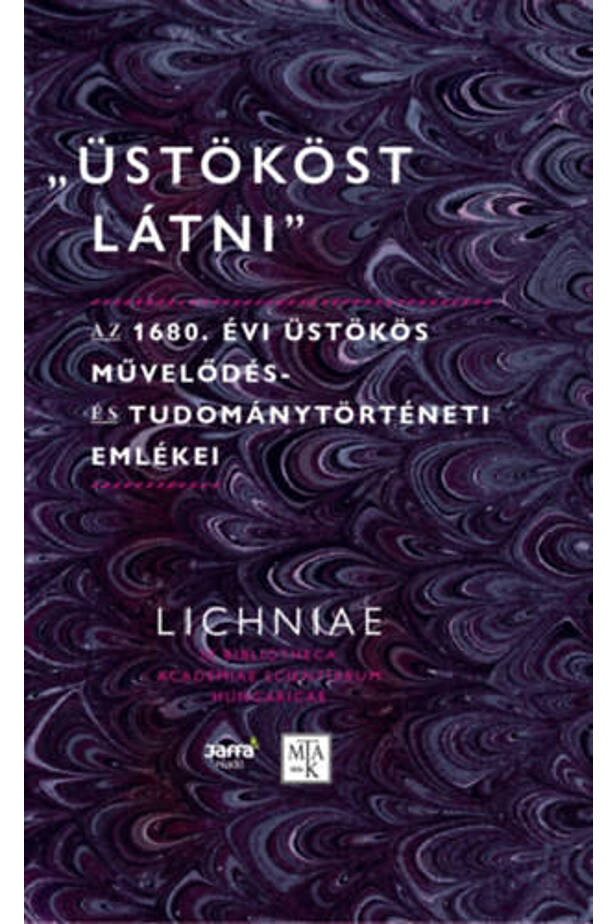To see a comet
Delivery time: 2 - 3 business days
Quantity:
HUF 5,290
Description
In the 16th and 17th centuries, reports of various celestial or supposed celestial phenomena proliferated. In addition to the descriptions preserved in correspondence, diaries and other manuscript records, we can see a huge increase in the number of printed books. These texts are inherently short, occasional treatises, and from a scientific historical perspective, they present a very diverse picture. Among them, we find some that make significant contributions to the spread of the new scientific worldview conceived in the 16th century (it is enough to think of the comet theory of the renowned Danish astronomer Tycho Brahe or the popular treatise against superstition written by the Catholic bishop-turned-Unitarian thinker András Dudith), and we may also come across some that frighten those who fear comets in the sky with a wide range of astrological misconceptions. The comet of 1618 was later considered a harbinger of the Thirty Years' War, and the comet described by Daniel Defoe and "signifying" the 1664 London plague was also seen by Miklós Zrínyi over Csáktornya during his successful winter campaign. The object published in December 1680, about which we can read contemporary sources in Hungarian, Czech, German and Latin, fits into this series. Our volume contains a copy, transcription and - where necessary - Hungarian translation of these prints. The rise and disappearance of the celestial phenomenon are made even more understandable by the studies on the history of culture and science included in the volume.
| publisher | Jaffa For Rent |
|---|---|
| scope | 600 |
| volume unit | oldal |
| ISBN | 9789634750208 |
| year of publication | 2018 |
| binding | hard knitting |

Sign up for our newsletter and be the first to know!
A Zamnia hírlevélre való feliratkozással megerősítem, hogy betöltöttem a 16. életévemet.


